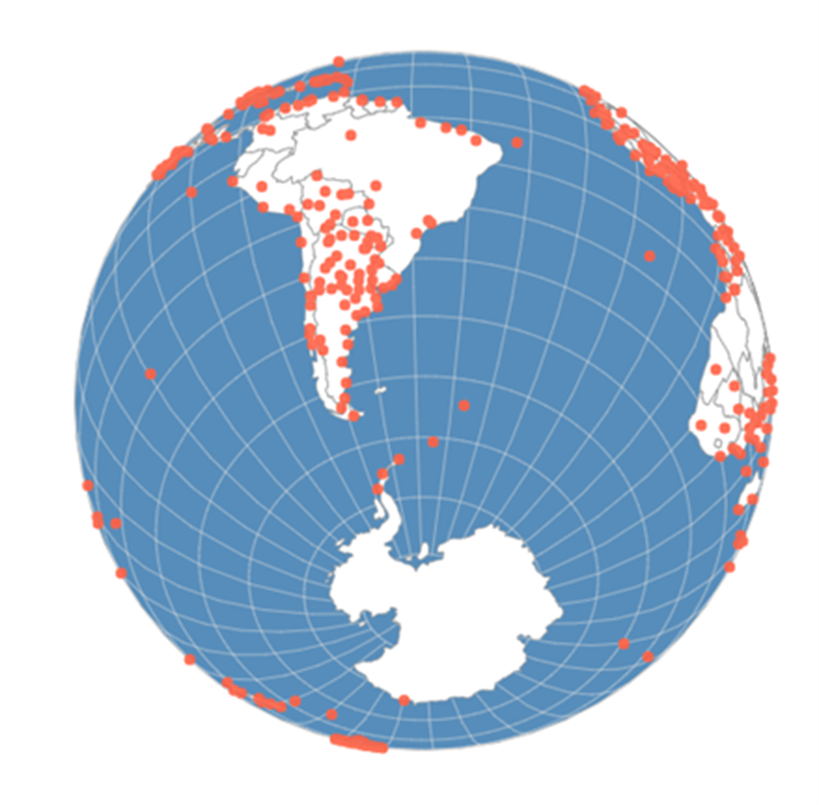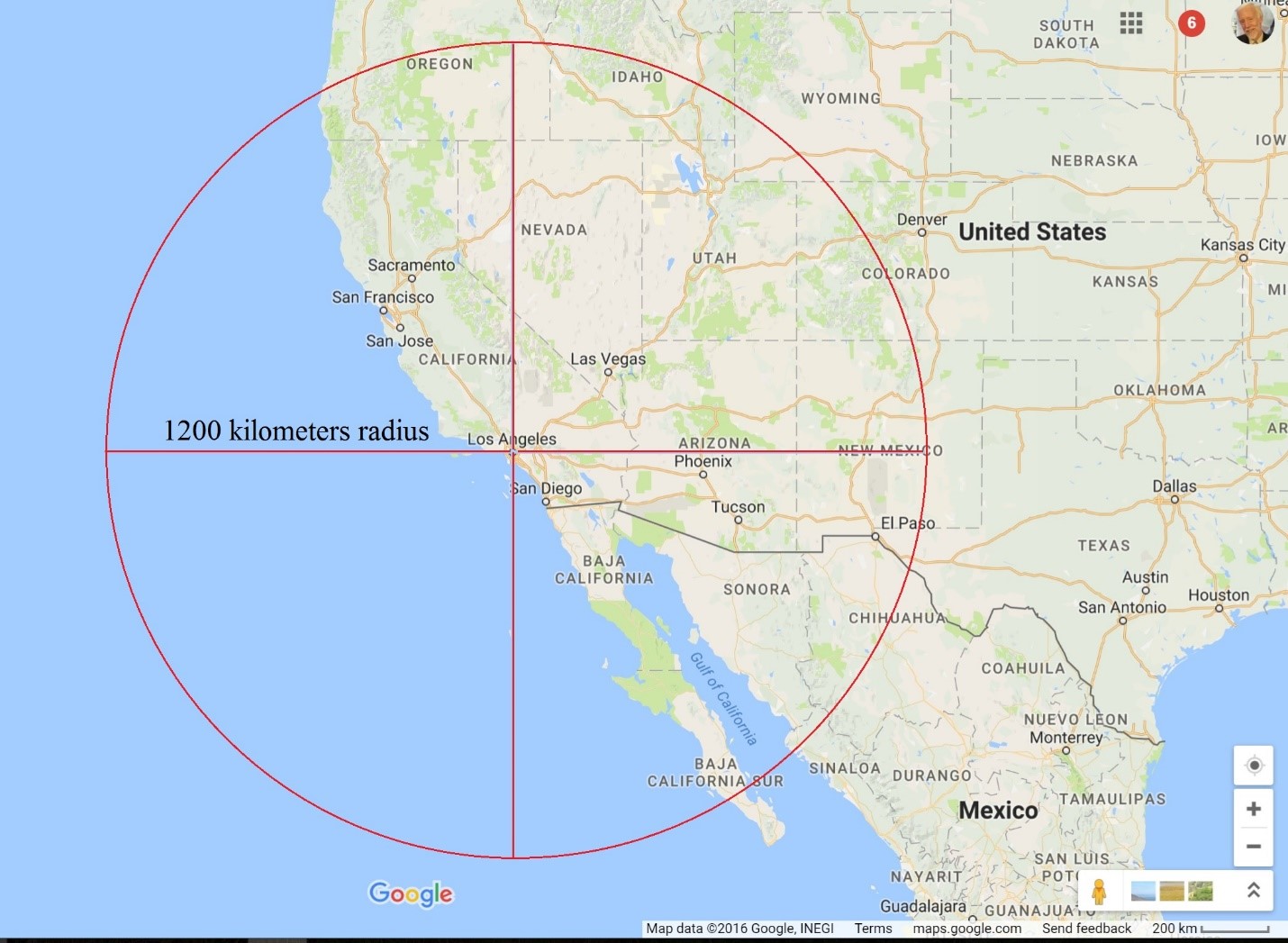Starting about 70 years ago, much of the Norther hemisphere became better covered. But vast areas of the southern hemisphere have no weather stations with continuous records over this period. The image below shows weather stations with a continuous record over the 70-year period from 1953 to today.
Advertisement

Apparently unknowingly, NASA GISS illustrate the problem in their own graphsas follows.

As can be seen in the first graph above, relatively few weather stations have records of 100 years or more and almost all of them are in heavily populated areas of northeastern U.S. or Western Europe and are subject to the urban heat island effect. The second graph above shows that the number of stations has actually dropped in recent years.
The third graph above looks promising at first glance. Over 80% of the area of the Earth is covered in the northern hemisphere and only slightly less in the south. But GISS consider a region adequately covered if there is a weather reporting station within 1200 km. This would mean that, if a weather station recorded data in Los Angeles, there would be no need for other stations within a circle of 1200 km radius (see figure below). El Paso, Texas and even parts of Wyoming would be covered by LA's station. Ball responded, "This is absurd. Yet the weather station record is still the standard for IPCC reports."
Advertisement

Figure 3: NASA GISS considers a region 'covered' if there is a weather reporting station within 1200 km.
Discuss in our Forums
See what other readers are saying about this article!
Click here to read & post comments.
7 posts so far.